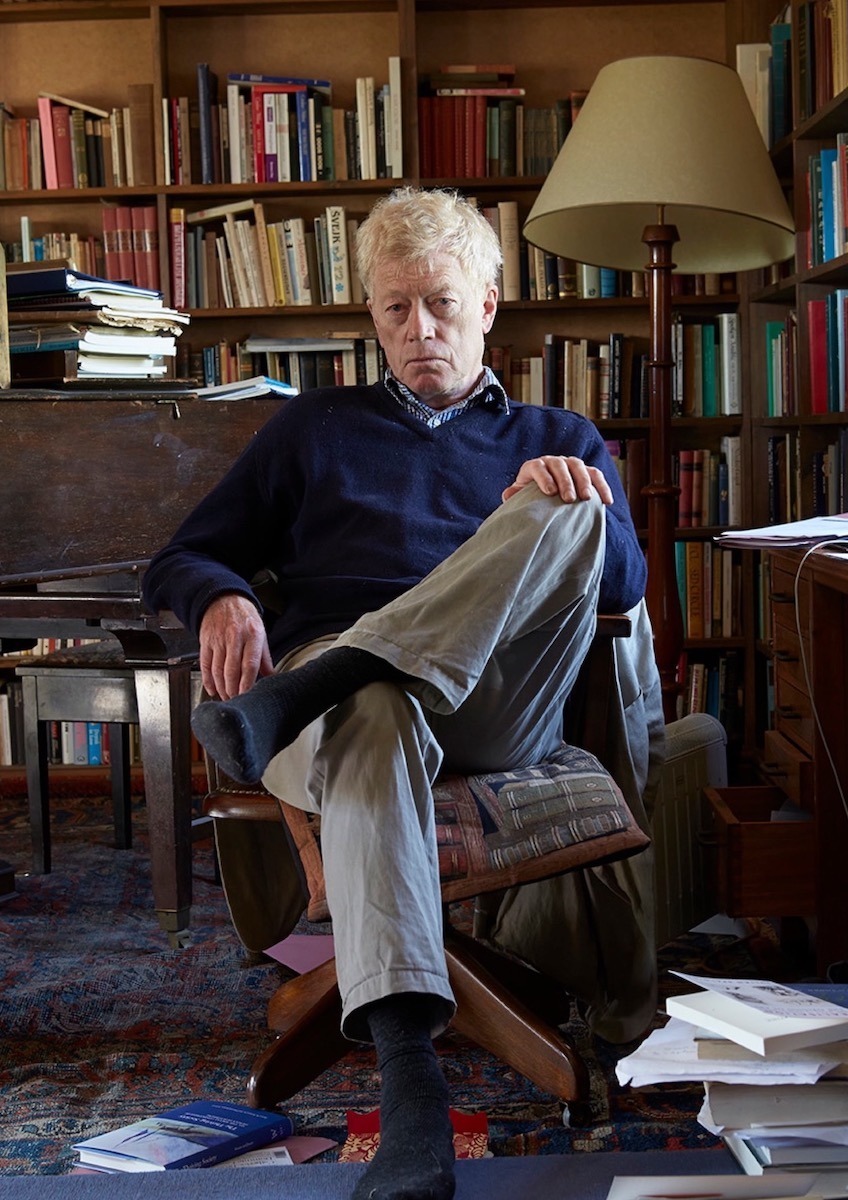There’s a great question, therefore, of what is the relation between tastes in food and drink, and tastes in music and painting? They’re not the same kind of thing at all. You like strawberries, and I like blueberries, fine. There’s no real disagreement between us, just different tastes. But you like Beethoven and I like heavy metal. This is a bit more like a disagreement, especially if you then go on to say, “Your liking heavy metal is a sign of the degeneracy of your soul.” The argument can begin then. It may not be possible to resolve it. But the fact is, in matters of artistic and aesthetic judgment, we do argue, and the arguments are very important to us. Maybe you don’t think this, because you’re not interested in Beethoven or heavy metal, but there are always going to be areas where you are interested. Suppose you live in a little town which has beautiful houses and beautiful streets, and you’re really pleased with it. Your neighborhood is charming and somehow consoling because of its orderliness. Then, someone puts in a planning application for a huge skyscraper in bright orange tiles. You start getting together with your neighbors to campaign against this. There will be arguments put forward as to who is right and who is wrong. These arguments matter enormously to people. Looking at the architectural mess between Salt Lake City and Provo, I suspect that Americans don’t think about this as much as they should. But, on the other hand, anybody who has been to Europe will recognize that there, people do think about these things and argue about them all the time. And, as a result, all sensible tourists don’t spend their holidays here, but in Europe. Anyway, that’s another matter.The great question, then, is: what is the value of this kind of pleasure—the pleasure that we feel in works of art and aesthetic objects? Can it be a vehicle of truth? It’s very interesting that we can feel pleasure in works of art, even when the works of art are sad or even tragic. We take pleasure in a sad story because the story does something to the sadness. The weepy movie may have enormous appeal. You may feel like it hasn’t worked if you haven’t had a bit of a weep during the course of it. The sadness is part of what was promised, it’s part of the deal. And yet it can’t be real sadness, because nobody voluntarily submits himself to that. It’s something like sadness put in a frame. The story puts it in a frame and makes it such that it doesn’t hurt you in the way that, for instance, the death of someone you love would hurt you. That framing of our emotions seems to be one of the things that works of art do for us, isn’t it? We seem to be able to come to terms with the sadness of human life, partly because we can represent it in ways that make it more meaningful—framed and isolated. To pleasure, we always say “come again,” but to knowledge, we say, “thanks.” Once you’ve obtained the knowledge, that’s it, you’ve got it. The pleasure, you’ve had it once, but you want it again. Especially in the case of works of art, the repeatability of the pleasure is what it’s all about. But perhaps there is knowledge in repetition.
23 January 2023
Repetition.
Labels:
aesthetics,
an uncommon thought,
appreciation,
drink,
food,
music,
philosophy,
Scruton,
taste
Subscribe to:
Post Comments (Atom)










































































































































































No comments:
Post a Comment